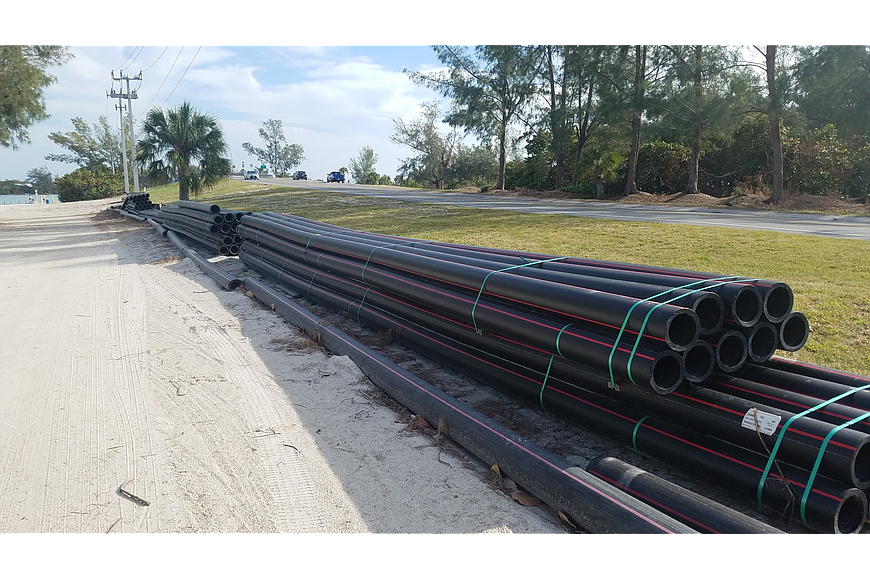- November 19, 2025
-
-
Loading

Longboat Key neighborhood residents wondering how much the town’s plan to bury overhead wires will cost them can now lay their worries to rest.
And it’s as easy as a simple web search for a website dedicated to tracking the project's costs.
Town officials have two databases there: one set of estimates for Gulf of Mexico Drive residents (created about a year-and-a-half ago) and a new directory with assessment for everyone else. Each database is searchable by last name (or business name) and street name.
Town Manager Dave Bullock hopes, if everything goes as planned, that the town begins moving construction equipment onto the island next spring.
Town Commissioners heard these new plans last week at their regular workshop meeting, where Bullock and his team of project managers presented their latest update for the neighborhood underground-utility project approved by voters last year.
Bullock said he and his team spent the last couple months surveying above-ground cable equipment in island neighborhoods and consulting other towns and experts who had recently completed similar projects in an effort to offer commissioners a more accurate cost assessment: $23.85 million.
That’s about $437 more than they had expected in last year’s estimate.
With these new calculations, the town found an approximate 10% cost increase for most homes with overhead wires and an about 20% assessment decrease for residences with existing underground-utility infrastructure.
Residents may choose to pay in two ways: non-ad valorem tax assessment or prepayment.
For the GMD project, about 20% of homeowners opted for the latter, Bullock said. He said writing the town a check rather than choosing to pay property taxes is more cost effective for the project because it allows officials to avoid paying interest on borrowed money that would be repaid as money trickles in from taxpayers.
With the GMD project, the amount of homeowners who prepaid allowed for the project to start last year without needing to borrow a penny, Bullock said.
Policymakers were also presented with an expedited schedule for completing the job: a plan to finish by 2021.
This new schedule proposes the last three phases happen almost simultaneously in an effort to avoid inflating construction costs, Bullock said. The timeline proposed formally allotted six years for the project, this new plan cuts that time in half. After this hurricane season, and the power losses that resulted, that's a big benefit, he said.
"One of the lessons we learned from Irma: the quicker we can get these lines underground, the greater reliability our system has," Bullock said.
Bullock said he'll bring a resolution before the town commission Nov. 6 asking to send proposed assessments to residents. If all goes as planned, the entire island will be free of overhead wires by 2021.